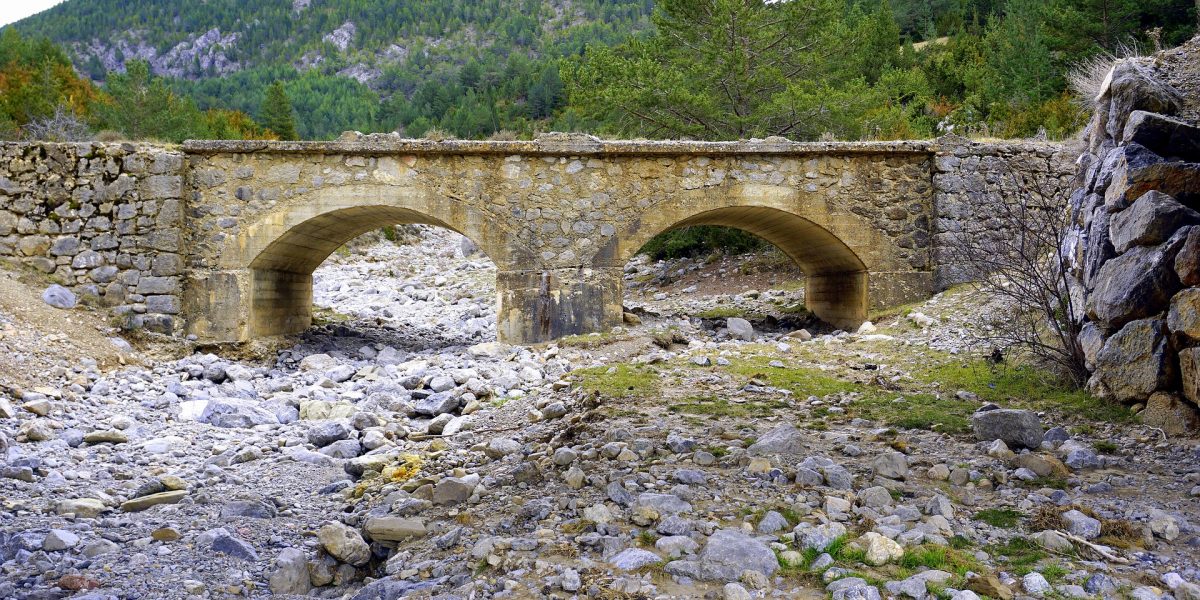A new paper on the 2018/2019 drought in the United Kingdom has been published in the Royal Meteorological Society’s journal Weather.
The hot summer of 2018 may be memorable for many and, as well as this period, the paper highlights the perhaps less widespread recognition of a longer period of dry conditions leading up to this heatwave, and a similarly protracted dry spell extending into late 2019 in some parts of the United Kingdom.
The paper documents the events in terms of their meteorological and hydrological nature, and assesses the varied impacts droughts had across the UK and touches on how the droughts in 2018/2019 compare with previous episodes.

The paper was supported by the National Hydrological Monitoring Programme which is operated jointly by the UK Centre for Ecology & Hydrology and the British Geological Survey and the UKRI Drought and Water Scarcity Programme, via the ‘Historic Droughts’ project.


